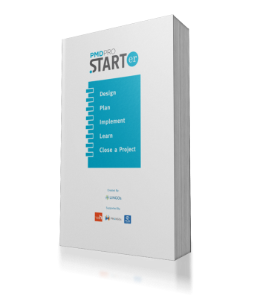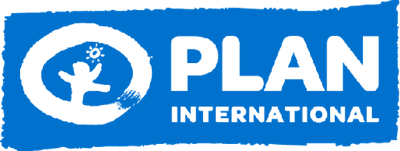After Action Review
I want to learn from a project...
by analyzing what worked and what didn’t
This tool helps you review the phases of your project and identify what worked and what didn’t.

What is it?
Without a system to capture the end of project learning, your organization will reinvent the wheel each time a decision is made to pursue a similar project!
HOW do I use it?
Teamwork: Ask your team and other internal and external project stakeholders to join you for this learning activity. Keep the discussion quick and open, and don’t let it fall into deep thinking or discussion. Make sure that participants have a copy of the Project Plan (Gantt Chart) for reference and compare this with reality as you work through each of these questions, capturing outputs on a flipchart:
- What did we set out to do?
- What did we achieve? (facts rather than opinions)
- What went well? Why?
- What could have gone better?
- What prevented us from doing more?
- What can we learn from this?
Thank you: She also used it as an opportunity to say her formal thanks to everyone who had been involved in the project, the management of which was transitioning to the partner organizations. This involved recognizing the efforts of her team, and acknowledging the contribution of other stakeholders – individuals and groups – who were crucial for project success.
Concluding a project in this way is important because it gives you the opportunity to present your organization in a professional and positive way. The benefits are that external stakeholders appreciate their involvement and this opens the doors to future relationships or projects in the same area.
WHEN do I use it?
You have reached the end of your project and need to review learning moments in a timely way, before some of the lessons are forgotten. The After Action Review is an important document for your Project File, capturing the history of the project for others to use in the future.
All NGOs and donors require projects to be evaluated, the impact of which is often published in Annual Reviews and other external documents. Donors often make future funding decisions based on the evaluation report of a previous project. They are also interested in ensuring that your learning is disseminated so that other organizations in the same sector can benefit from your experiences.
Who is involved?
Tips:
Additional Resources

Supported & Developed by:
Shared by:
Users are free to copy/redistribute and adapt/transform
for non-commercial purposes.
© 2022 All rights reserved.




